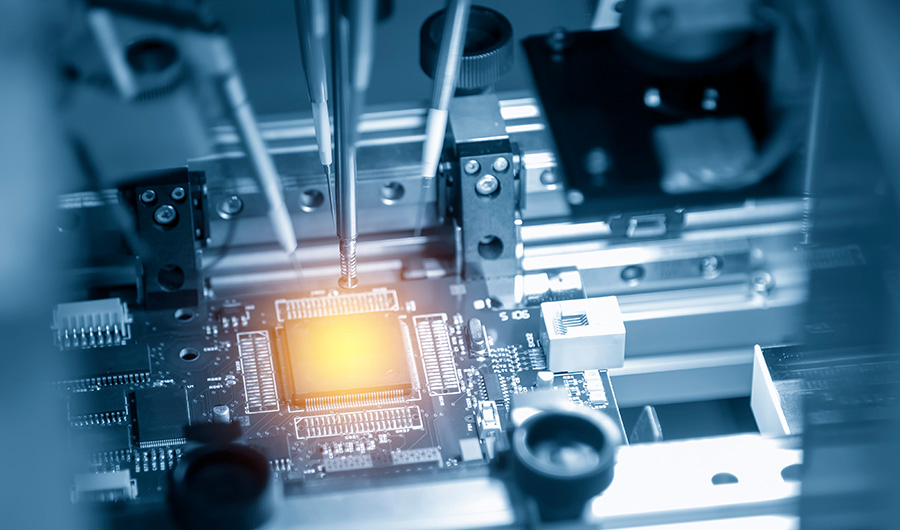Artificial Intelligence May Be Better Than Humans at Designing Microchips

Pixel B via Shutterstock
(Inside Science) -- Artificial intelligence can design computer microchips that perform at least as well as those designed by human experts, devising such blueprints thousands of times faster. This new research from Google is already helping with the design of microchips for the company's next generation of AI computer systems.
The process of designing the physical layout of a chip's parts, known as floor planning, is key to a device's ultimate performance. This complex task often requires months of intense efforts from experts, and despite five decades of research, no automated floorplanning technique has reached human-level performance until now.
In the new study, the researchers had AI software treat floorplanning as a game, said study co-lead author Azalia Mirhoseini, a computer scientist at Google Research's Brain Team in Mountain View, California. In this approach, the chip's computation cores, memory controllers and other elements are the pieces, the canvas on which they sit is the board, and a winning result is optimal performance according to a range of values such as chip size and power usage.
As the AI analyzed a greater number and variety of microchips, it became faster and better at chip design. This strategy proved better than previous automated techniques "because it learns from experience," said study co-lead author Anna Goldie, a computer scientist who is also with Google's Brain Team. "Previous approaches didn't learn anything with each chip."
In under six hours, the new method can generate manufacturable chip floor plans that are comparable or superior to ones made by experts in all key details, including performance, energy consumption and chip area, according to the researchers. This could potentially save thousands of hours of human effort for each generation of microchips.
A number of these designs were not initially intuitively better to experts, "but still delivered really good results," Mirhoseini said. The AI-designed floor plans have inspired experts with new ideas, such as placing components in doughnut shapes to reduce the distances between them, she noted.
Google is now manufacturing these AI-designed chips. The researchers suggested that more powerful AI-designed hardware can in turn fuel more advances in AI.
This new floor planning strategy could also help tackle other problems that involve looking for the best uses of limited sets of resources, such as city planning or vaccine testing and distribution, the scientists added. They detailed their findings in the June 10 issue of the journal Nature.

